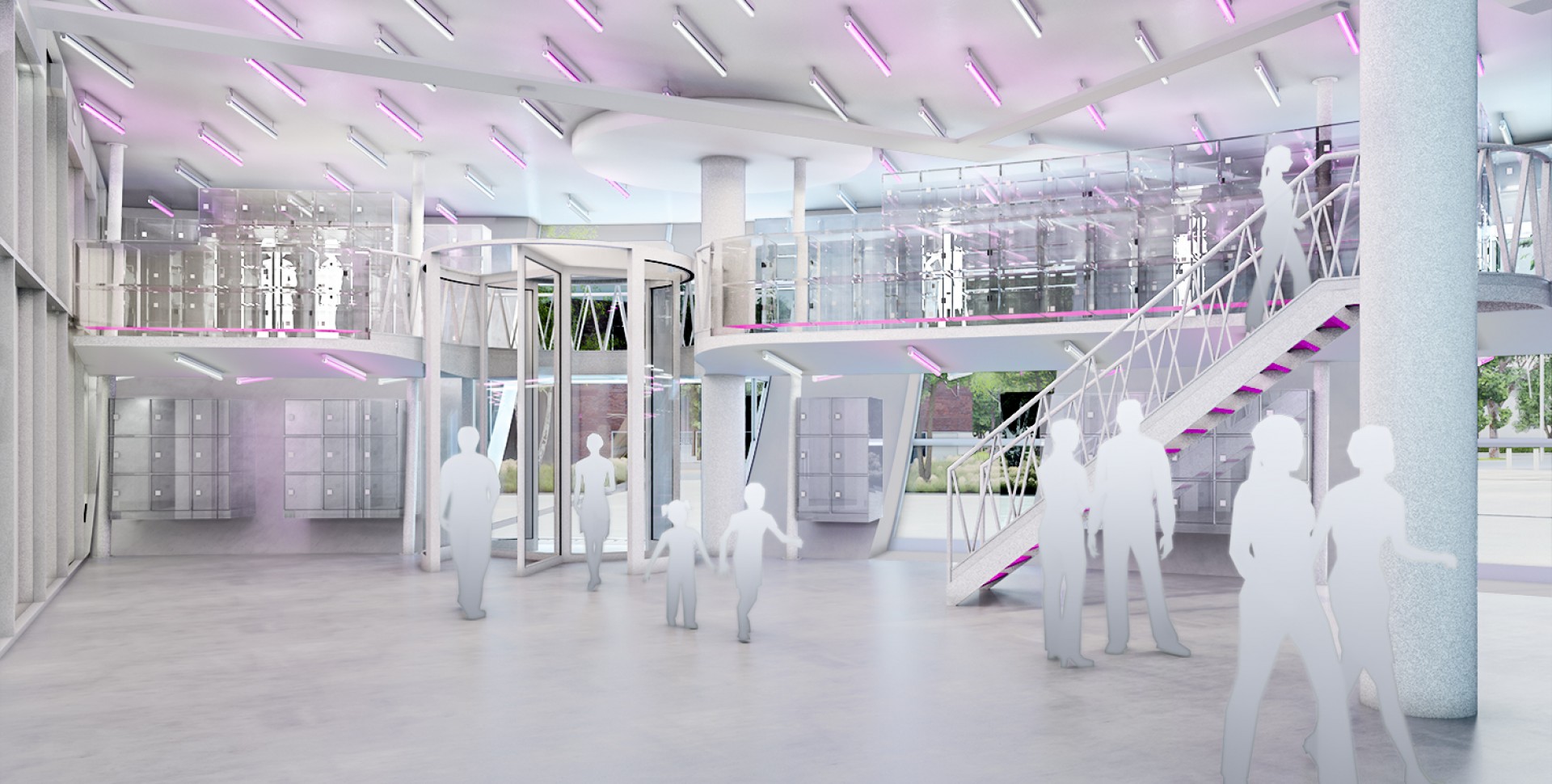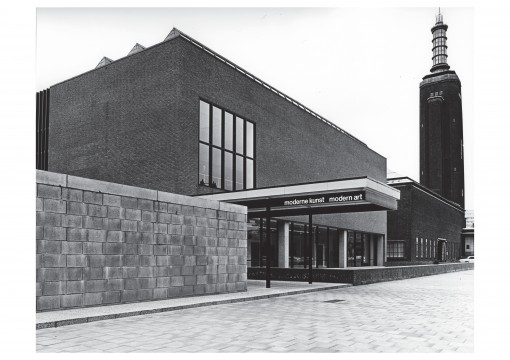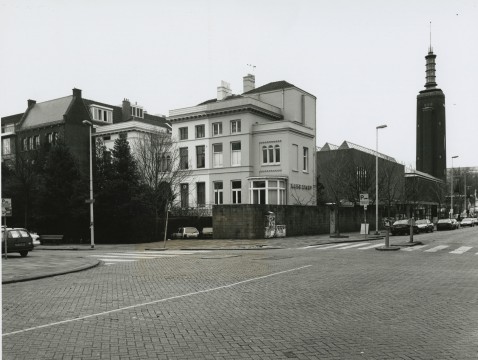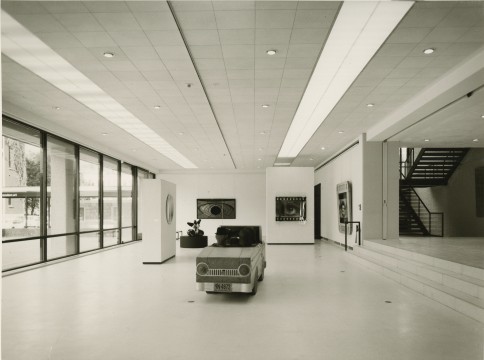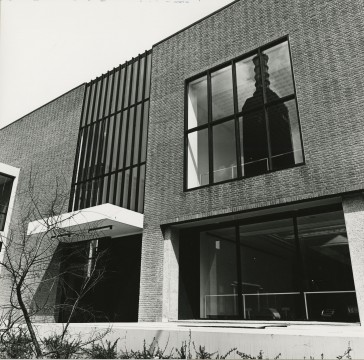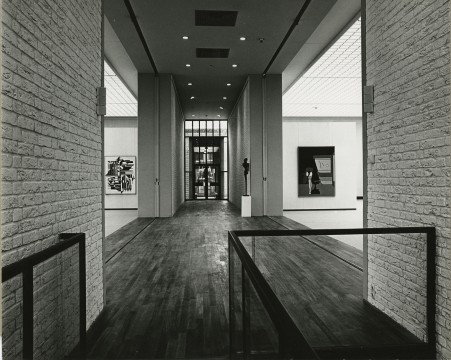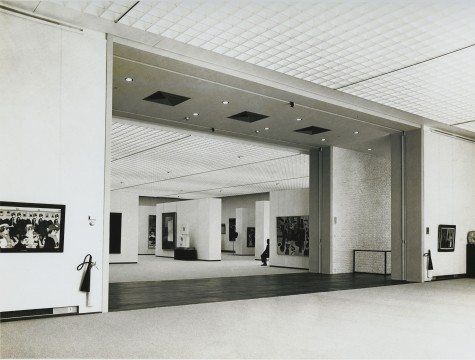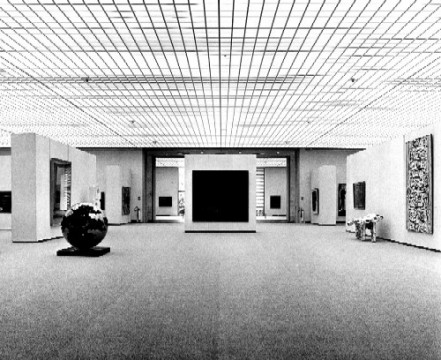
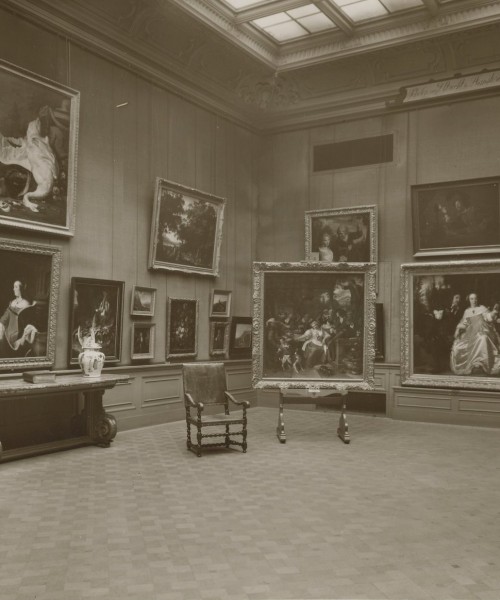


Donors, friends and guests with a privilege pass may book a single or multiple time slots here
Donors, friends and guests with a privilege pass may book a single or multiple time slots here
Would you also like to experience more Boijmans or give a friendship as a gift? Join as a Friend and get invited for the annual Museumpark Vriendendag. Will we see you or your friend in the depot soon?

Like many of the oldest museums in the Netherlands, Museum Boijmans Van Beuningen had its origins in the bequest of a private individual. In 1820, however, Frans Jacob Otto Boijmans planned to give his collection to Utrecht City Council.
So it was a close-run thing – the collection could easily have gone to Utrecht rather than Rotterdam. When the mayor of Utrecht did not follow up on the offer, Boijmans approached the mayor of Rotterdam.
After years of negotiation, an agreement was reached between Rotterdam City Council and Boijmans. At his insistence the City Council bought the Schielandshuis to house the collection. The museum opened in 1849.



During the night of 15 February 1864, a fire broke out in the basement of the Schielandshuis; the cause was never established. The museum lost more than two-thirds of its collection in a single night. The museum staff made heroic attempts to save the artworks. One of the obstacles that stood in the way of the rescue attempt was the inability to find the key to the art store. After the devastating fire in the Schielandshuis, the insurance paid out 136,129.62 guilders. The whole amount was spent on new art acquisitions.
The Schielandshuis became too small to accommodate Museum Boymans’s growing collection and the number of visitors. Under director Dirk Hannema (director 1921-45), agreements were made to build a new museum on the council-owned Dijkzigt country estate. Work began in 1929 and the museum opened in Museumpark in 1935. The building was designed by the city architect Adriaan van der Steur (1893-1953).
Van der Steur and the then museum director Dirk Hannema had one ambition: the new museum had to be a place where you went to enjoy art. No overcrowded walls and poor light as in the seventeenth-century Schielandshuis (the home of the museum until that time), but a modern building completely suited to its purpose. A number of detailed experiments were conducted with an ingenious fan light structure in a small building on the construction site and a great deal of attention was devoted to the size of the rooms and to the subtle details. Van der Steur was inspired by the everyday surroundings of private collectors and mainly opted for small, intimate spaces; after all many of the artworks in the collection came from similar environments.
The impressive building in the heart of Rotterdam has been there for eighty-four years now. In all of that time it has never been drastically remodelled and thorough renovation is due.

The exhibition building designed by the architect Alexander Bodon (1906-1993) has an entirely different character if only because of the dynamism of the ever-changing exhibitions. But it also has a different atmosphere. No subtle details, just three enormous, flexible spaces that can be endlessly reconfigured depending on each exhibition’s needs. Bodon created his ‘new wing’ at a time when modern art literally and figuratively required space. The rooms are white and have diffuse lighting from above. Anything that could distract visitors’ attention from the art was banned apart from the large window with a beautiful view of the garden. In 2003 the Flemish architects Robbrecht en Daem added new galleries to the exhibition building, siting them like a girdle around Bodon’s large rooms. In their galleries they used clear and frosted glass, concrete and parts of the original brick wall. This and the library on the street side are the most recent extensions of the museum until now.
In 1991 the Van Beuningen – de Vriese Pavilion was designed by Hubert-Jan Henket to house the collection of the same name. An extension to the building by the architects Robbrecht en Daem followed in 2003. Under director Sjarel Ex, the old collection entrance of the Van der Steur building and the routing of the old building were restored. In 2008 the foyer was reorganised to include a new print room, a depot and an educational area.
Depot Boijmans Van Beuningen, designed by renowned architects MVRDV, will be the first depot in the world to offer the public access to an entire collection, without the intervention of a conservator. The dynamic of the depot will be different from that of the museum: no exhibitions will be staged there, but visitors – on their own or with a guide – will be able to browse through the 154,000 artworks. They will also be able to watch research into conservation and restoration. Depot Boijmans Van Beuningen opens in 2021.
